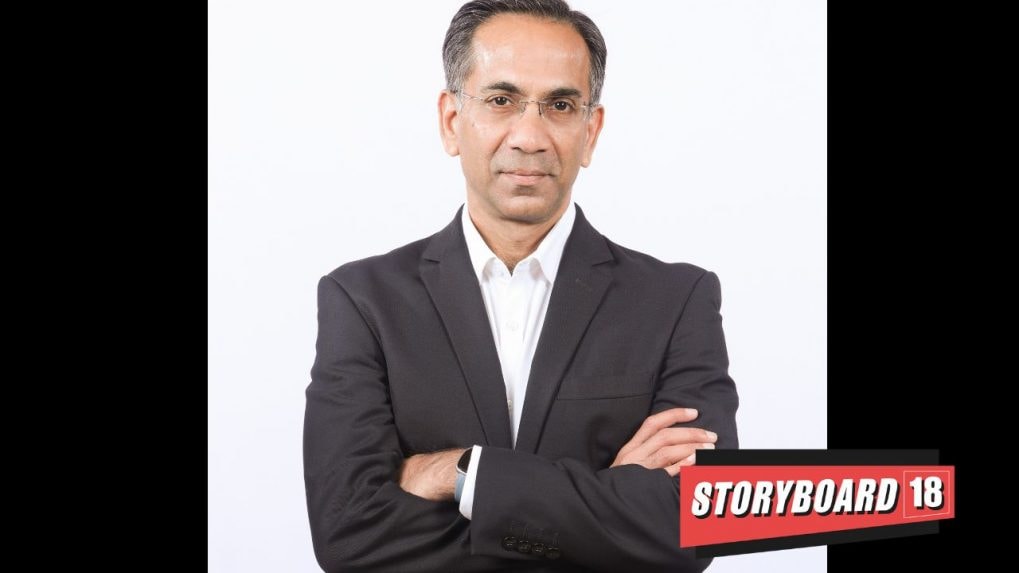CTV, chatbots and custom holidays: Inside Thomas Cook India & SOTC Travel's evolving digital strategy
From AI chatbots to influencer inspiration, Abraham Alapatt - President & Group Head - Marketing, Service Quality, Value Added Services & Innovation at Thomas Cook (India) Limited and SOTC Travel, unpacks how Indians are planning holidays in a tech-first but trust-conscious world.
ADVERTISEMENT
In an era where AI quietly powers everything from travel searches to itinerary-building chatbots, Indian holidaymakers are increasingly planning their getaways without even realizing they're being guided by algorithms. According to Thomas Cook (India) Limited, and its Group Company SOTC Travel's latest Holiday Report, 35% of travellers say they’ve used AI in their planning — a figure that may understate the true scale of adoption.
In a conversation with Storyboard18, Abraham Alapatt, President & Group Head – Marketing, Service Quality, Value Added Services & Innovation at Thomas Cook (India) Ltd and SOTC Travel, breaks down how the company is navigating India’s fragmented, digitally maturing travel landscape — balancing data privacy with hyper-personalization, responding to the rising power of social media inspiration, and investing in digital-first strategies without abandoning the comfort of offline touchpoints.
Edited excerpts:
The report said that 35% of people have used AI for travel planning. Would you say the industry is overestimating AI adoption among Indian leisure travelers?
AI is now deeply embedded in our everyday tools, and many people don’t even realize they’re using it. Take Google Maps or voice assistants: they use AI, but most users think of them as simple utilities. Even search is no longer traditional. When you search “best places to go in Spain,” the top results are often AI-generated summaries. So the 35% likely reflects people who consciously know they’re using AI, but the actual number may be higher.
How are travel brands balancing hyper-personalization with data privacy, especially for families and senior travelers?
For us, privacy has always been critical, especially because we also operate in foreign exchange, which is RBI-regulated. Most of our data use is anonymized unless personal data is absolutely required for tickets, visas, etc. We operate on a strict need-to-know basis and don’t believe in being intrusive. We only reach out to customers who have engaged with us. As a company that predates the cookie era, our culture inherently respects privacy.
On personalization, we bring over 140 years of experience. We offer itineraries at every price point—budget, value, premium and can customize based on interests. Our scale as Thomas Cook and SOTC helps us negotiate better deals while still personalizing offerings. Our website allows customers to build their own holiday in minutes, and we use Gen AI-powered chatbots—TACY for Thomas Cook and EZY for SOTC—that can help with everything from best travel times to document requirements and itinerary planning. Customers can choose to share personal data or remain anonymous throughout.
With 60% of holiday decisions influenced by social media and OTT, are influencers now more powerful than traditional travel agents?
I don’t see it as a conflict. Influencers operate at the inspiration stage, just like magazines, brochures, or recommendations from friends once did. But when it comes to research, booking, or travel logistics—that’s where we step in, providing advisory support online, in stores, or through AI chatbots. We also sometimes redirect customers to other destinations better suited for their needs. So we view influencers, OTT, and social media as part of a broader inspiration ecosystem. More inspiration leads to more conversations and ultimately more transactions.
If 59% prefer digital platforms, but 68% still buy through retail outlets, how are brands managing this hybrid model?
That’s why we’ve built a strong omnichannel model over the last decade. While we have the country’s largest physical travel network, we’ve also aggressively built e-commerce capabilities. We let the customer choose their level of digital involvement.
We’ve seen customers evolve, starting with offline, then shifting to digital as they gain confidence. Conversely, some digitally savvy users prefer offline support for high-value or complex travel. India is not a single market; it’s multiple economies with different levels of digital maturity. Some customers prefer the security of offline bookings, especially for group tours or international trips. Others are digital-first.
Our model supports all of them. Customers can transition between digital and physical at any point. We don’t push digital; we offer quality solutions for those who prefer it.
How much are you spending on digital advertising? Has it grown in the past year?
Significantly. We’ve moved from mostly non-digital to majority digital, mirroring our own business evolution. Digital has surpassed traditional media in reach, especially at the window-shopping stage post-inspiration.
Are you leveraging connected TV (CTV)? Can you share a ballpark percentage of your current digital ad spend?
Yes. Our current campaigns include a brand ad and one focused on holiday planning tech. We’ve partnered with Samsung to target users with TVs above 43 inches, helping us reach a more affluent segment without wasting impressions.
Roughly 60 to 65% of our total marketing spend is now digital.
Read More:60% travellers say social media and OTT now shape their holiday plans: Thomas Cook & SOTC Travel

